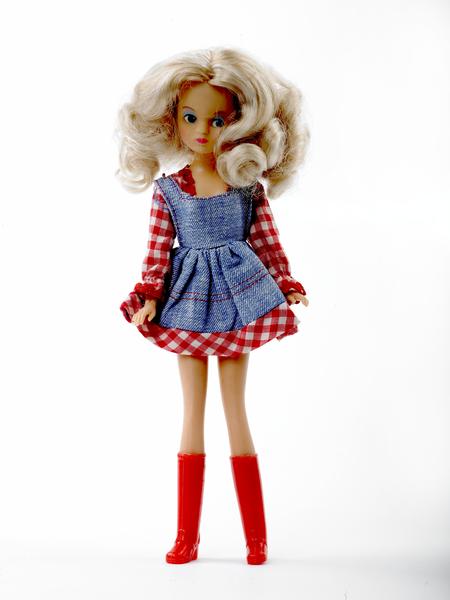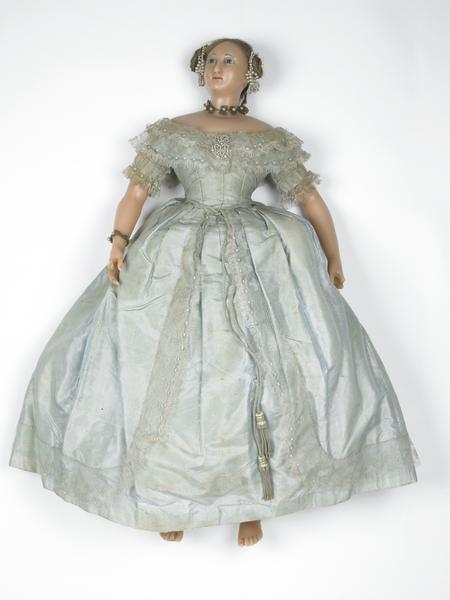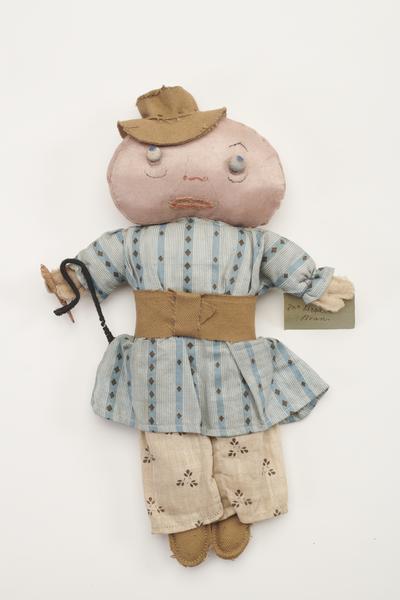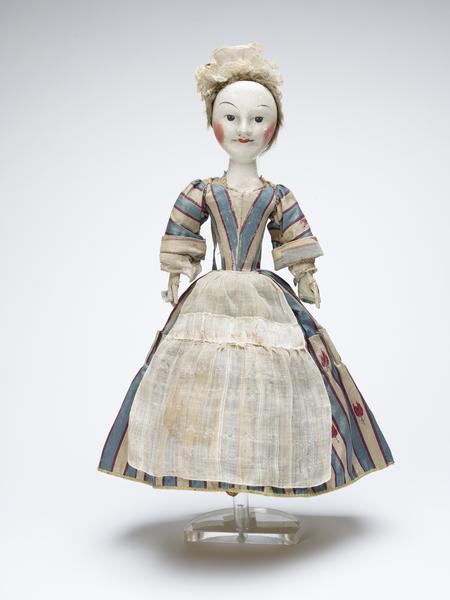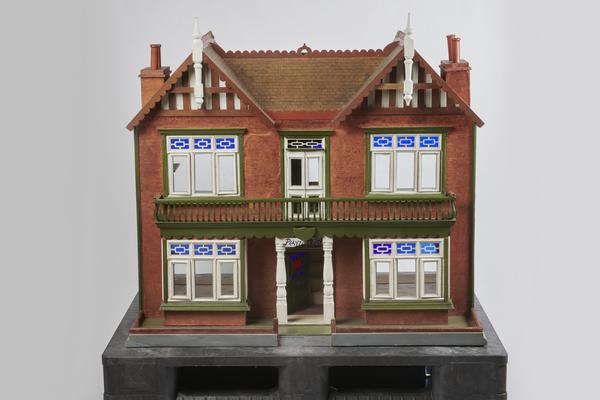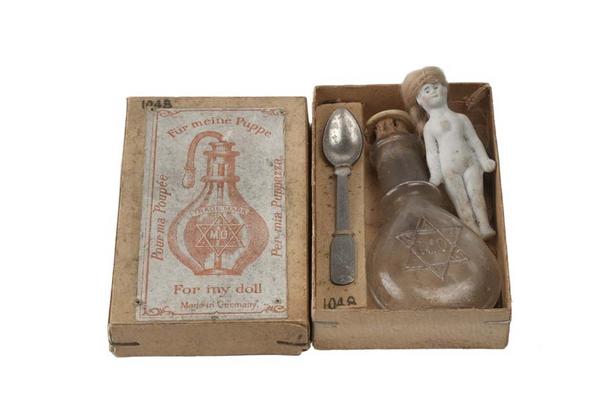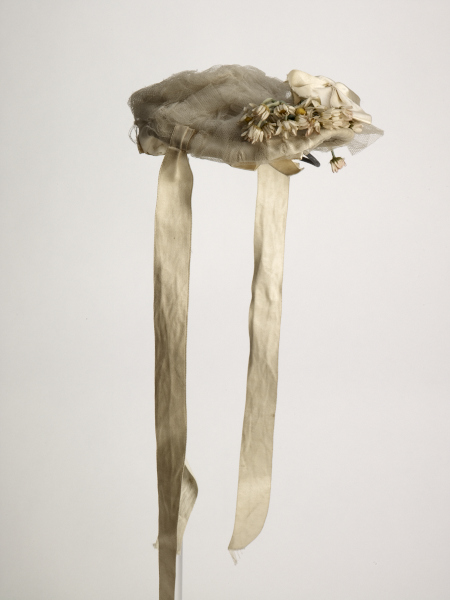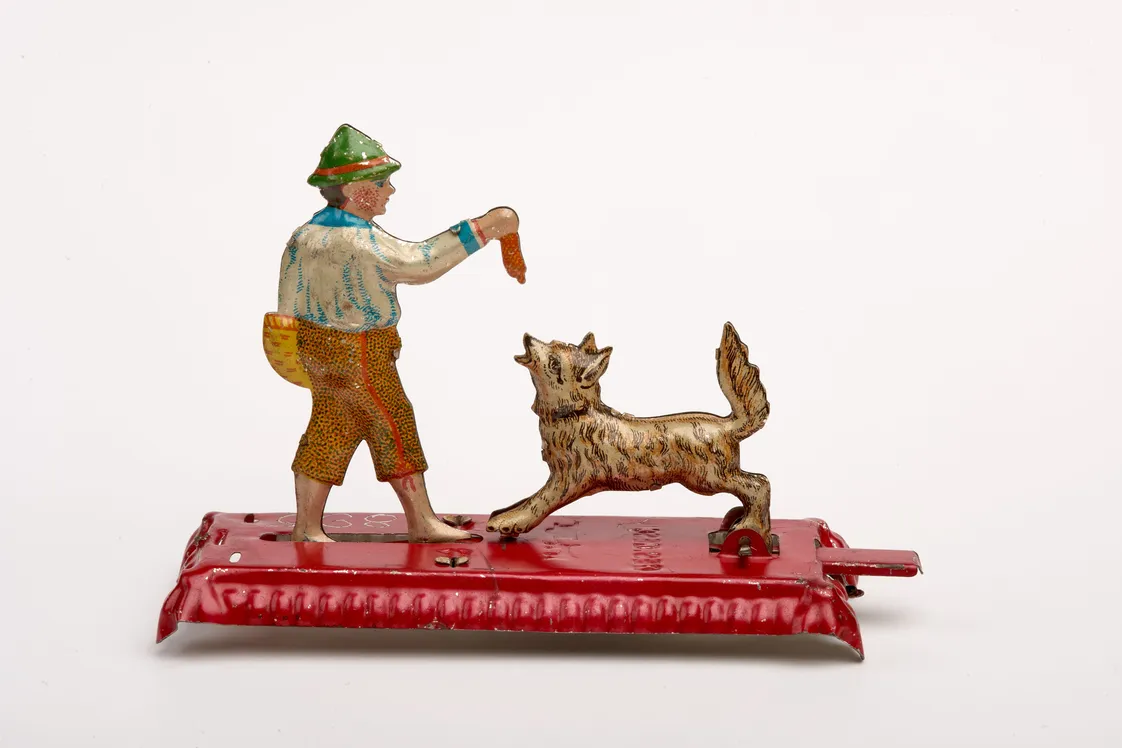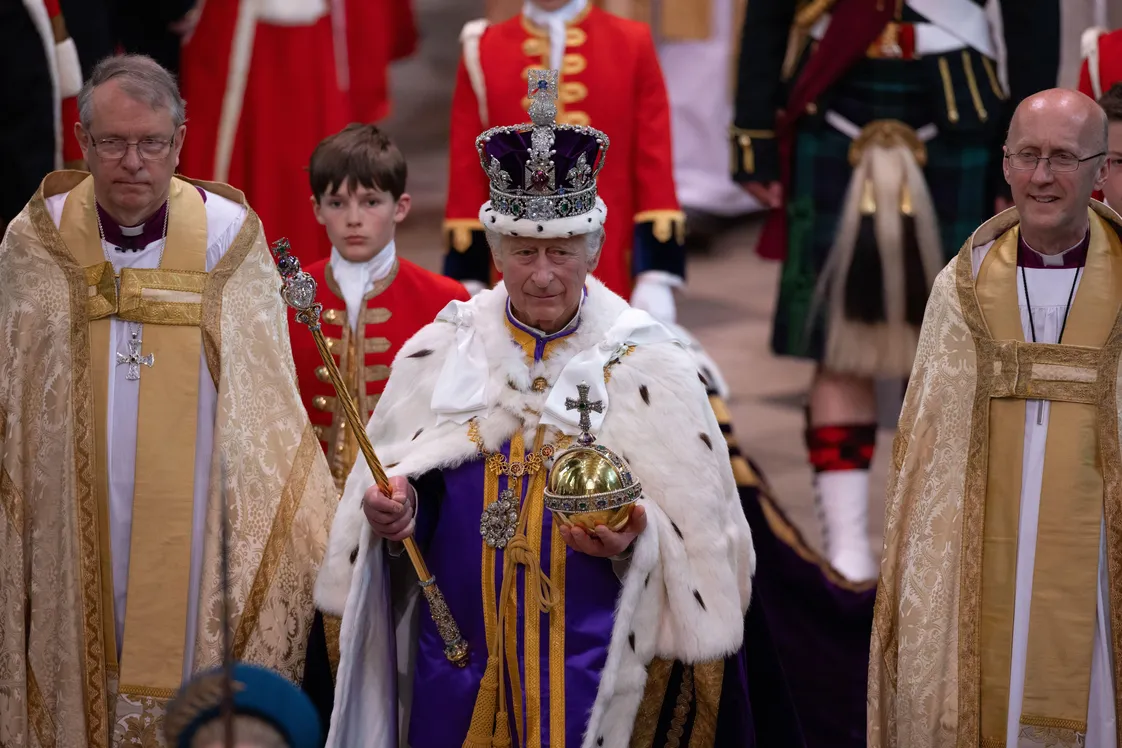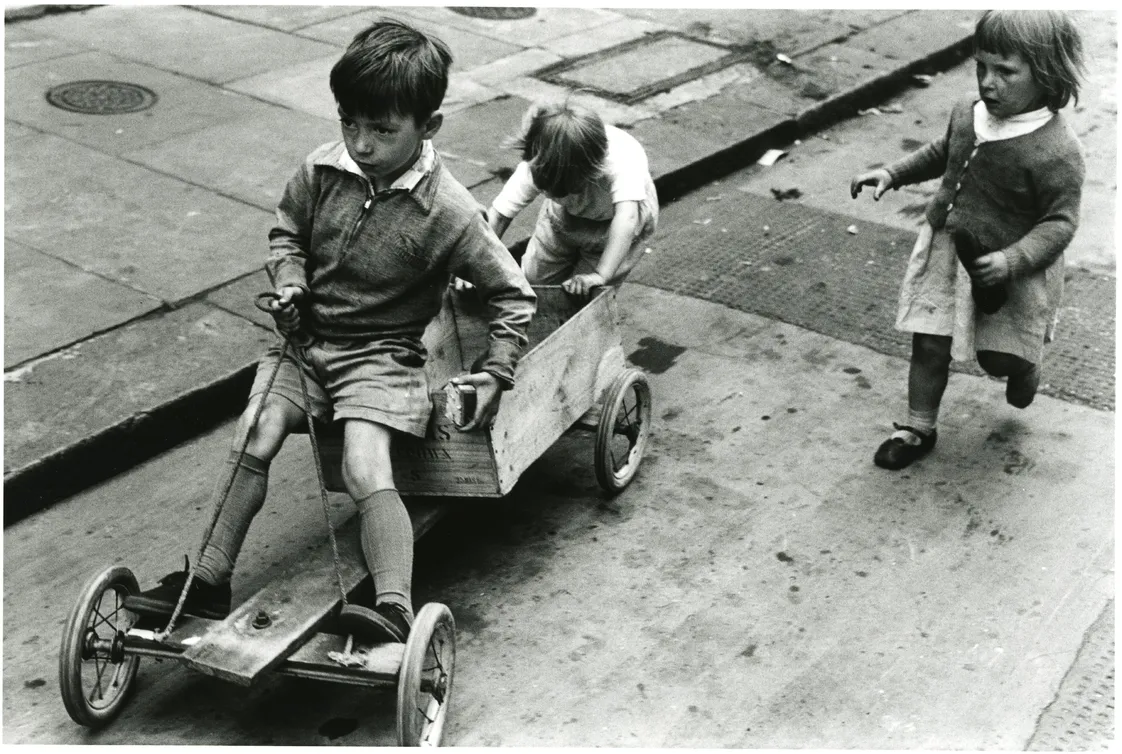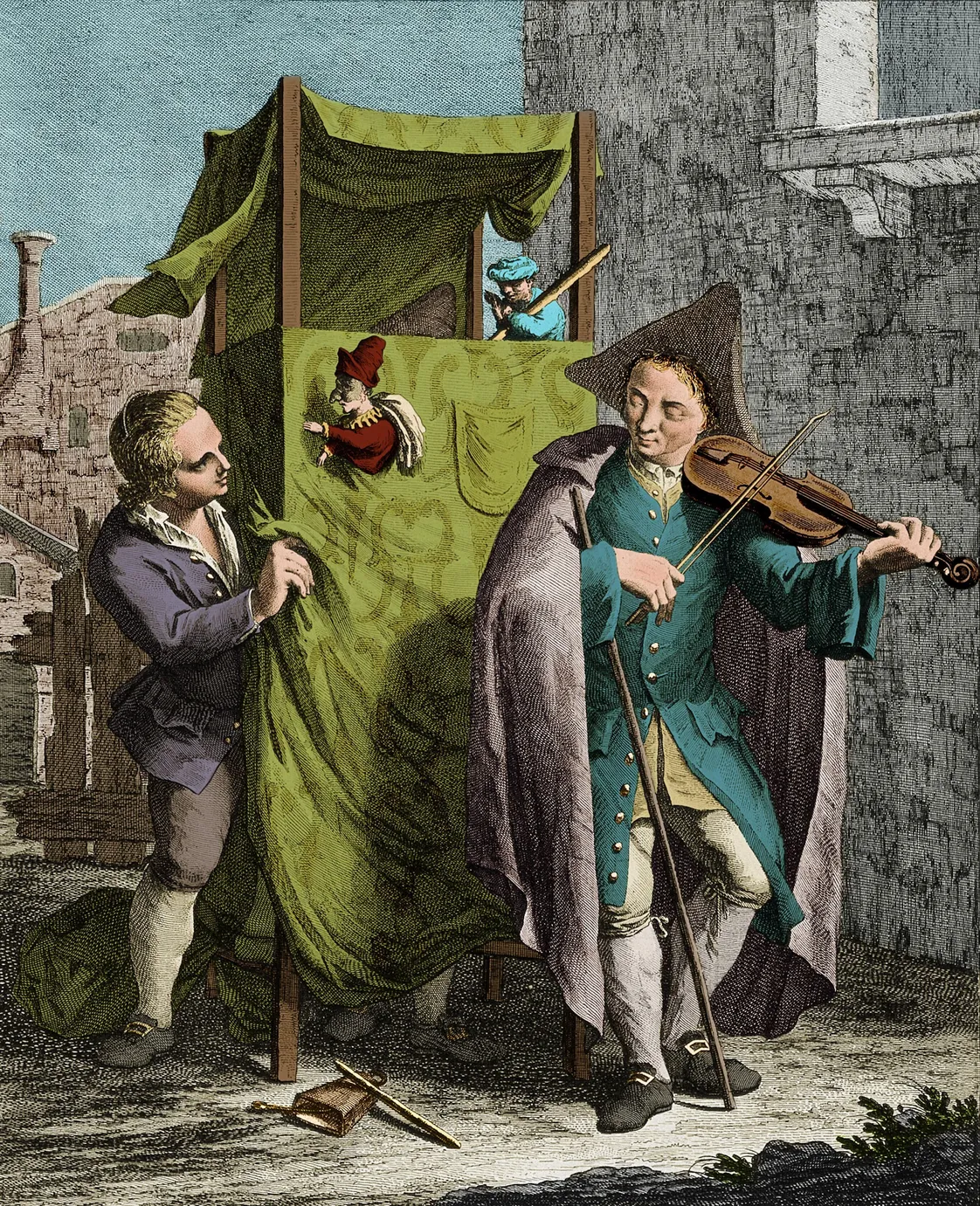Strange & delightful dolls in our collection
Spanning fashionable figures and handmade toys, these dolls offer a snapshot of London lives over the last 400 years.
Since the 1700s
Meet some special characters from London’s past
London Museum holds over 2,000 dolls and doll’s accessories. These items document childhood experiences and historical fashions in miniature.
There’s an amazing array of styles in our collection: lifelike ‘baby dolls’, 18th-century fashion dolls, modern-day Action Man figures, the list goes on. Plus a load of tiny knitted accessories.
Below are five sets of fantastic little Londoners from our collection. They show skill and creativity, demonstrate changes in technology and taste, and reflect the cultures within which they were made and used. The materials have changed over the years, but the human desire to play and entertain remains consistent over time.
Stylish Sindy, the 1980s teen fashion doll
Our collection of Sindy dolls capture a moment in fashion – specifically the fashions of 1983–1984.
Sindy dolls were first launched by Pedigree Toys in the early 1960s. This period saw an increased range of fashionable clothing aimed specifically at teenagers, rather than adults or children exclusively. The fashion-focused Sindy dolls echoed this trend, with ranges of teen clothing available to suit each Sindy style.

Some of Sindy's 80s outfits.
Our collection includes a Pop Singer Sindy, who wears a bright yellow polka dot dress and chunky black waist belt. It’s straight out of the wardrobe of pop icons Cyndi Lauper or Bananarama. We have Sindy work-out clothes, Sindy casual attire and a fabulous range of Sindy lingerie and nightwear.
But perhaps best of all is an outfit that we call ‘Sherlock Sindy’, consisting of a calf-length brown tweed cape, matching fedora hat, and knee-high boots. Very Baker Street chic.

Sherlock Sindy.
Some of the items were purchased from toy shops in Chelsea, such as Lafferty’s on King’s Road and Toddler Toys on Harriet Street, just off Sloane Street.
Make do and mend dolls, 1940s
These rag dolls were made for Alba Nisbet by her parents during the Second World War. New toys were in short supply, so the grown-ups had to get creative with their materials.
The coiled wire used for the limbs and body is spiral boning. This was used in corset manufacturing from around the 1820s. The spiral form, rather than flat strips of steel, means the boning can bend in two different directions. Corsets were still widely worn at the time of the Second World War, so it’s possible Alba Nisbet’s mother took the boning from a garment that she was no longer wearing.
The caps that cover sharp wire on the ends of the boning resemble shoes or slippers, and have been creatively used for the dolls' feet by the makers. And the clothes for the dolls have been made from various scraps of fabrics, probably remnants from clothes worn by the Nisbet family. Three other dolls in the group were similarly made from leftover materials including wire, paper, wool and modelling clay.
“New toys were in short supply, so the grown-ups had to get creative with their materials”
Many materials were scarce by 1943–1944, as production for the ‘war effort’ was prioritised over civilian needs. Rationing controlled consumption of certain products including clothing and textiles. Propaganda campaigns such as the famous ‘Make-Do-and-Mend’ posters and booklets encouraged people to be resourceful and recycle materials they already owned.
For many families, this need to recycle would have been a familiar practice. But these dolls demonstrate some of the inventive creativity that was commonplace in many London households during the war years.
Liberty's royal coronation dolls, 1937
The high-end department store Liberty of London (also known as Liberty & Co) produced a series of cloth dolls to commemorate the coronation of King George VI in 1937. The range included the king, Queen Consort Elizabeth, the archbishop, Princesses Elizabeth and Princess Margaret. Each doll is depicted in fine clothing reflecting the grandeur of the occasion. Our king and queen dolls were hand sewn from a variety of fabrics with painted facial features and mohair hair.
Their clothing imitates the garments and robes worn by George and Elizabeth for the coronation, shown in these official portraits from the occasion. The coronation was a widely celebrated event that inspired all kinds of commemorative objects for both children and adults. Given these dolls' fine appearance and high quality materials, it’s possible they weren’t intended for play, but as a commemorative ornament for display.
Headless puppet dolls, 1910–1914
These early-20th-century puppets are some of the more unusual objects found within the doll collection. No, they haven’t been cruelly decapitated. They were part of a music hall act in which the puppeteer placed his own head above the body to complete the puppet.
Their puppeteer was Lauri Wylie, a London actor and playwright who also wrote for the film industry. His puppets were controlled by wires inserted at the elbow and sticks at the back of the knees. They represent the origins of Wylie’s career in entertainment. They also tell us how Londoners liked to spend their spare time in the years just before the First World War began in 1914.

Mr Lauri Wylie as Mr G.H. Elliot.
The puppets are accompanied by photographic postcards which show the full effect of the act. From the postcards we learn some of the names of the characters, like the soldier called Little Titch. The photos show that Wylie concealed his body behind a curtain, Punch & Judy style, with only his head visible. They may look a little unsettling today, but it seems these dolls were a source of much amusement in their own time.
Georgian doll with human hair, 1750–1760
This is one of the older dolls in the collection. Her dress is a fashionable style typical of the period, made from fine floral-patterned silk woven in England. It’s similar to the fine Spitalfields silks for which London was famous at this time. The wide skirt mimics the court dress known as the mantua – we have an example in adult size, also made of Spitalfield silk, in our collection.

18th-century doll with glass eyes – and a human hair wig.
The silk probably dates between 1746 and 1748, and was likely recycled from a human garment or made using leftover scraps. It’s clear that the fabric wasn’t designed for use on such a small scale as the size of the pattern is very large in proportion to the size of the garment. Underneath the silk dress the doll wears three petticoats and a pair of quilted pockets.
The doll’s body is made from wood, with glass eyes and human hair. The use of human hair in the production of dolls was common in the 18th and 19th centuries. In our collection we have around 60 dolls with human hair from that time, with a few more dating from the earlier years of the 20th century.








